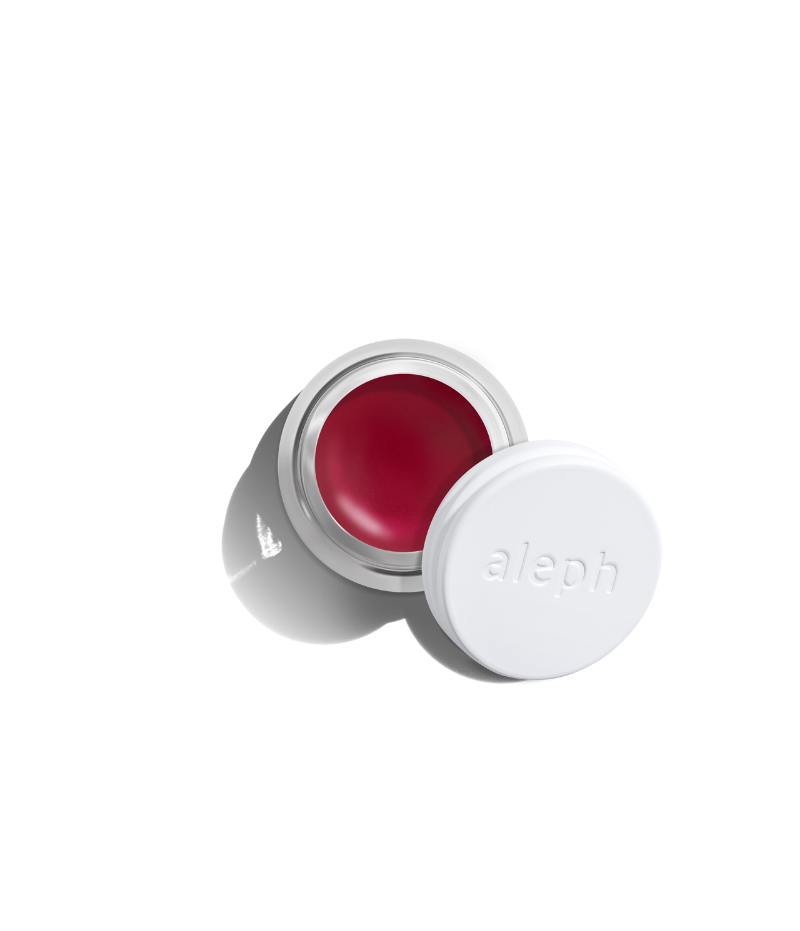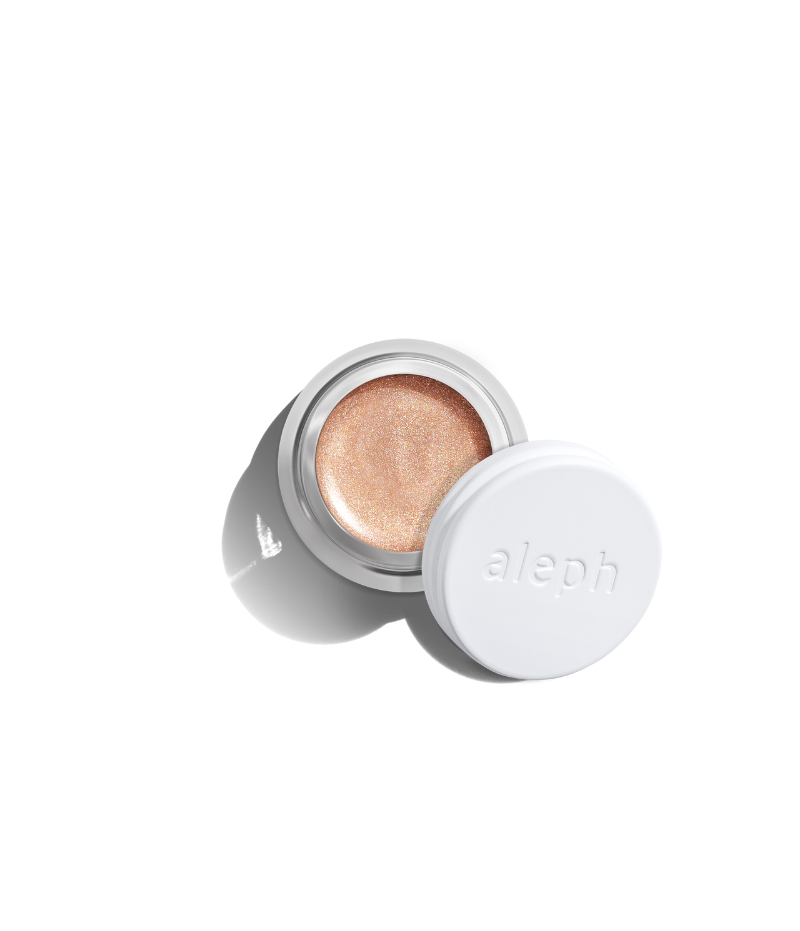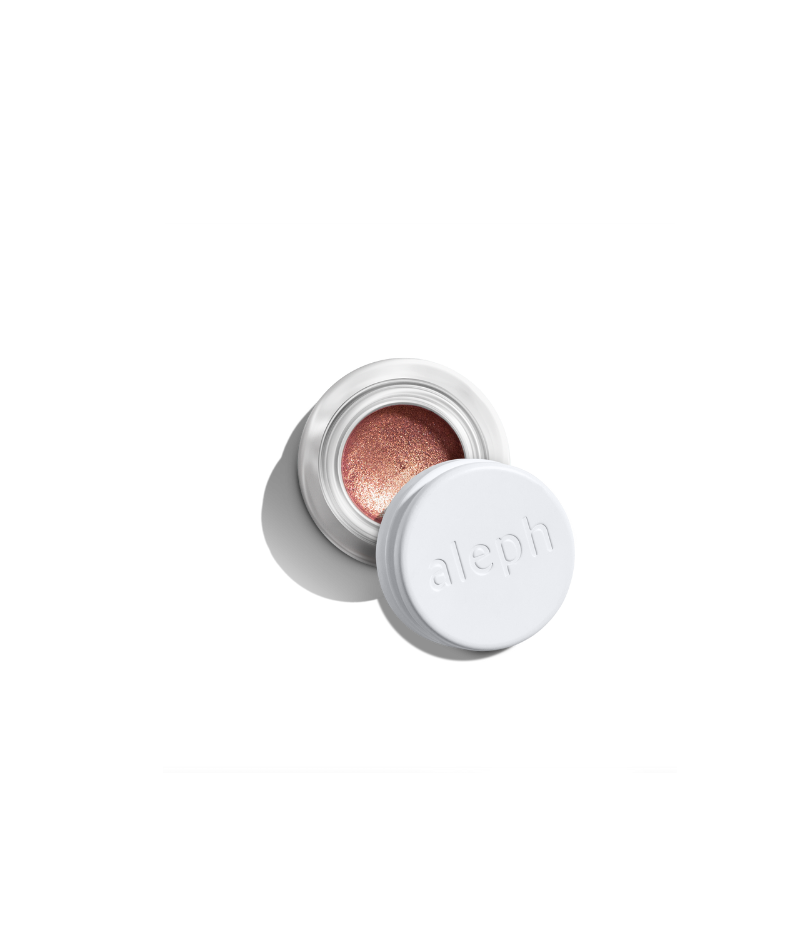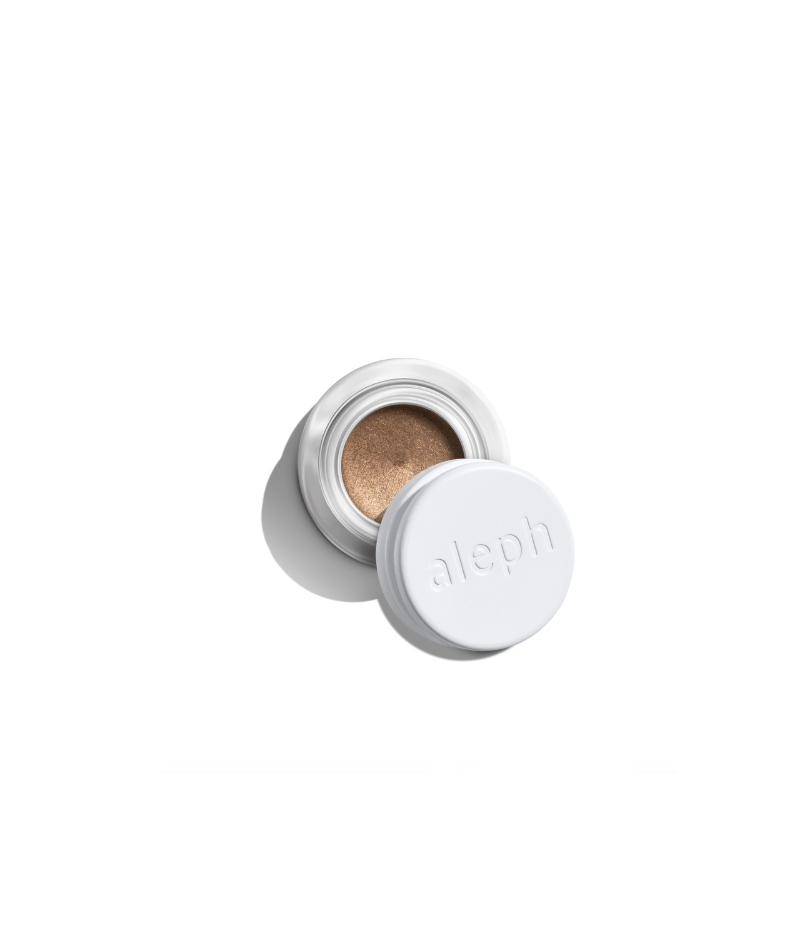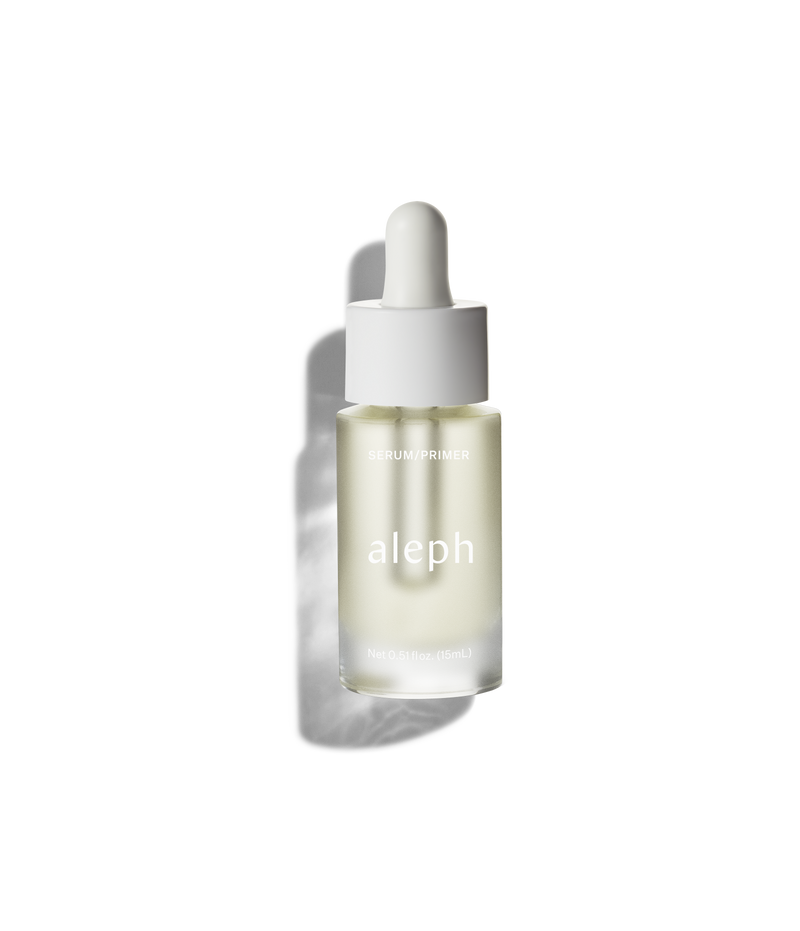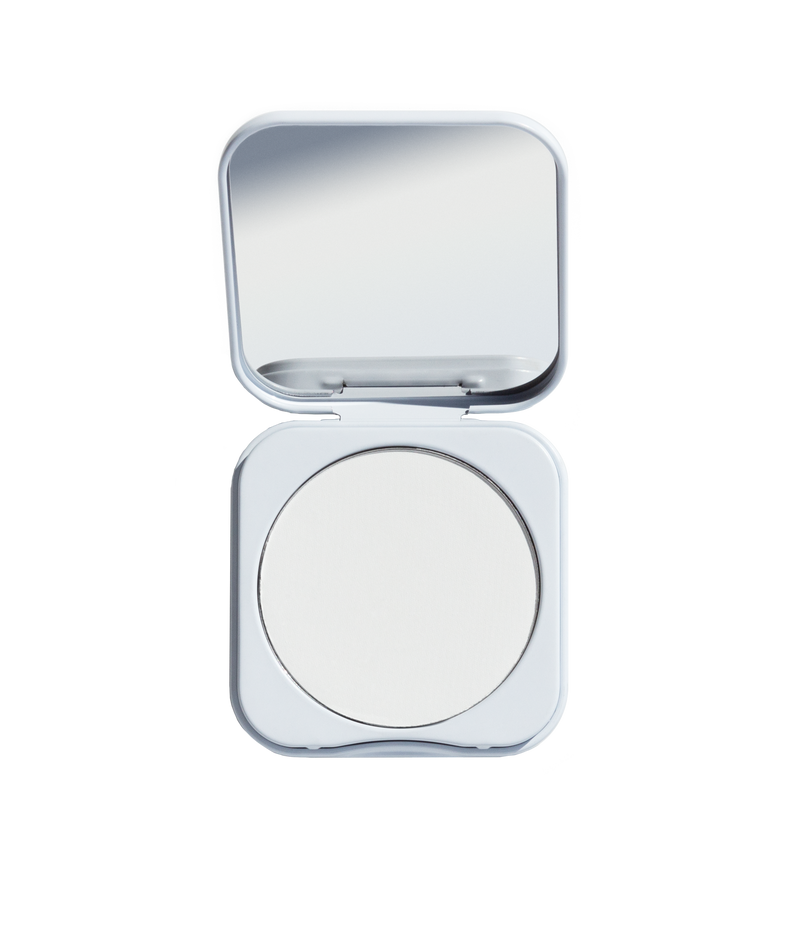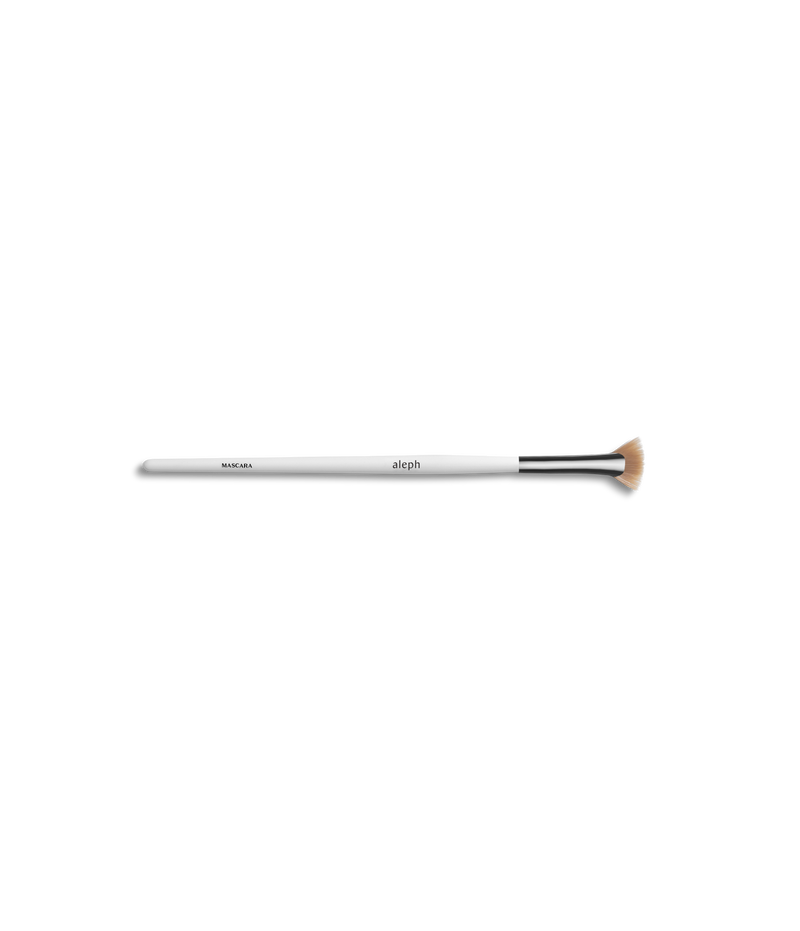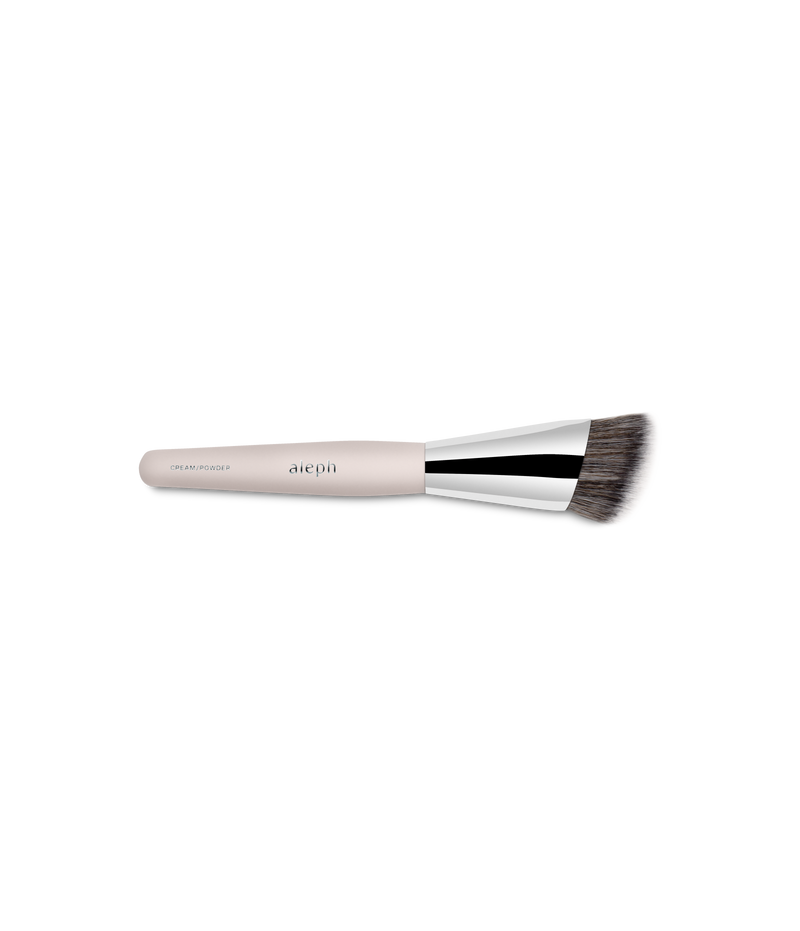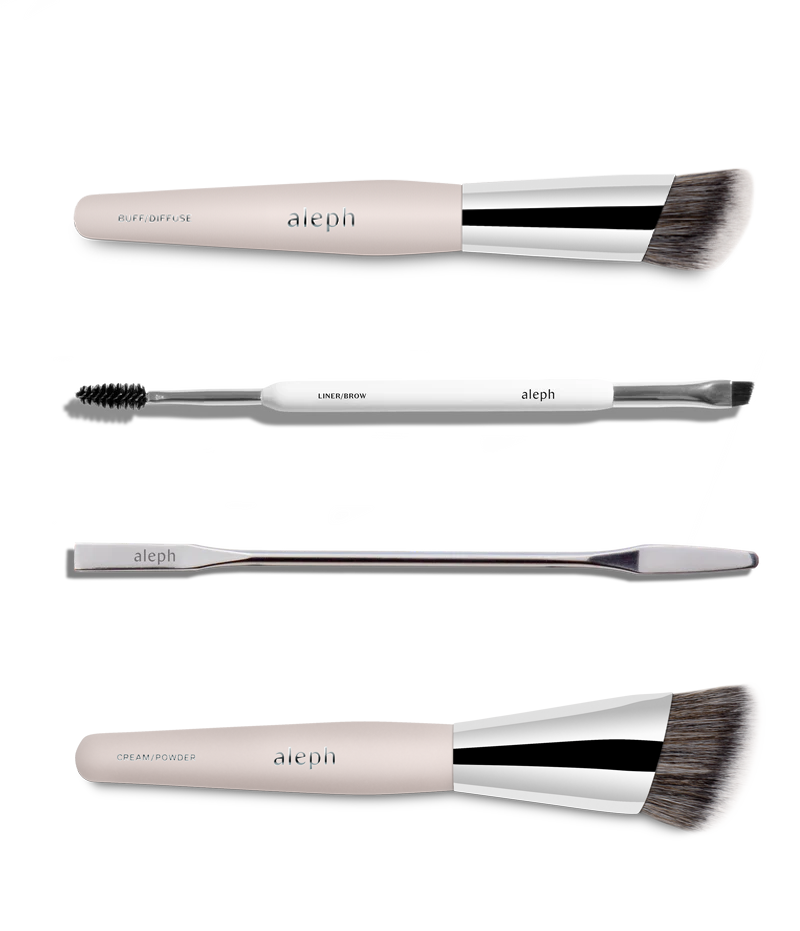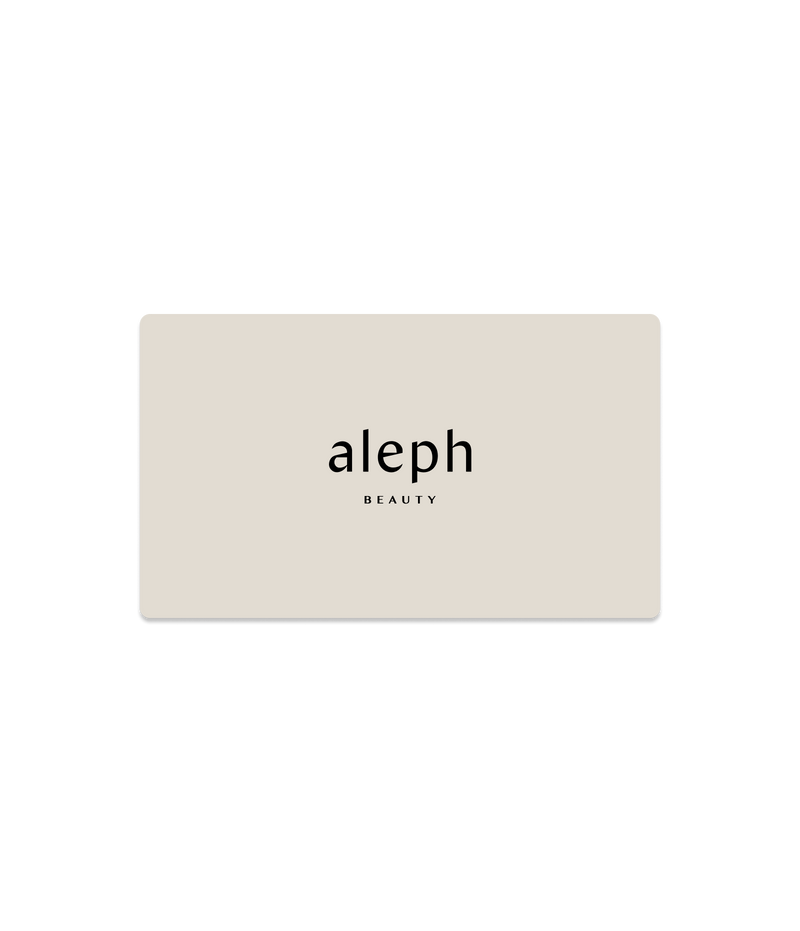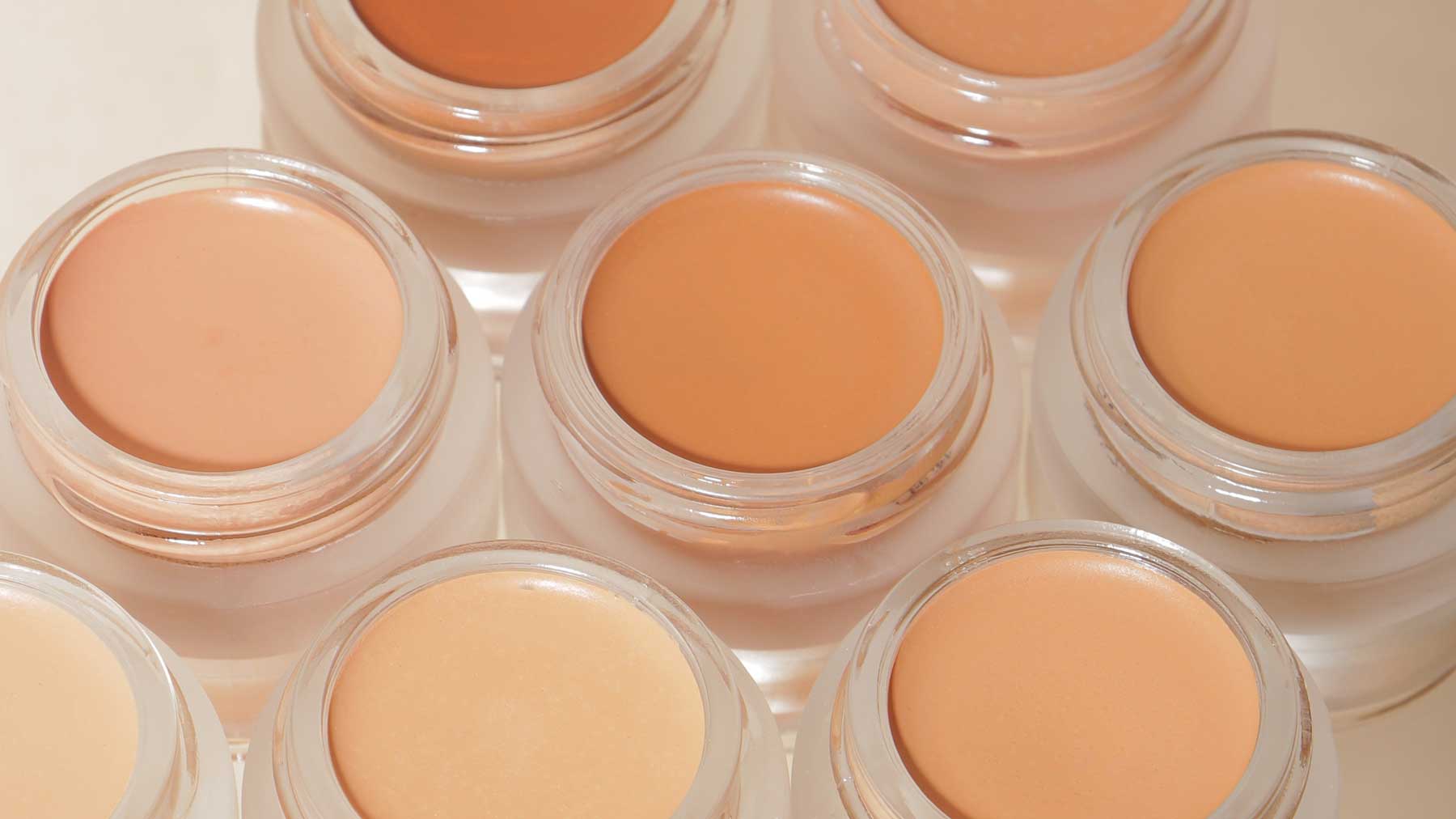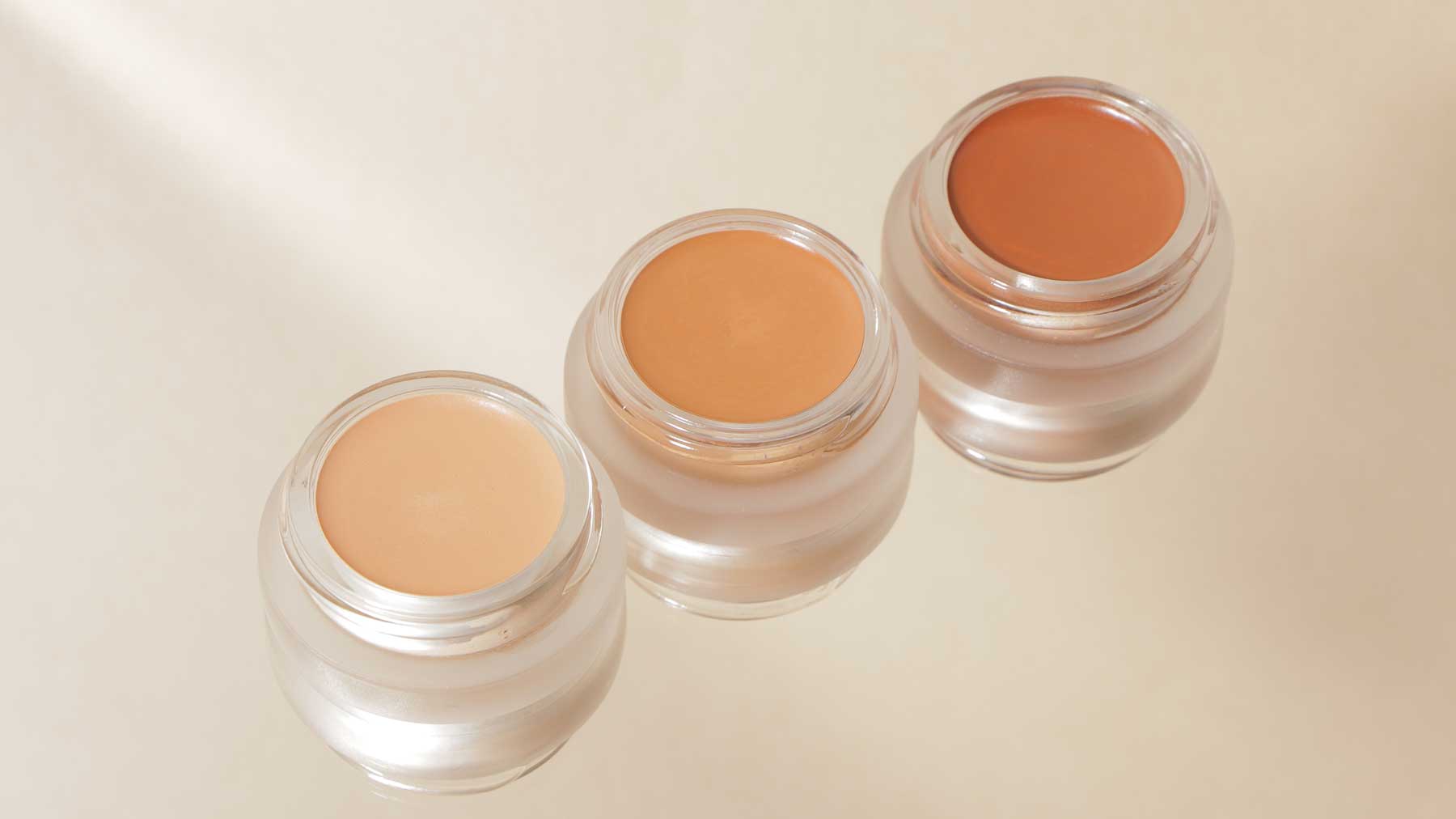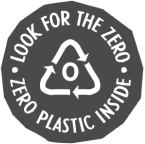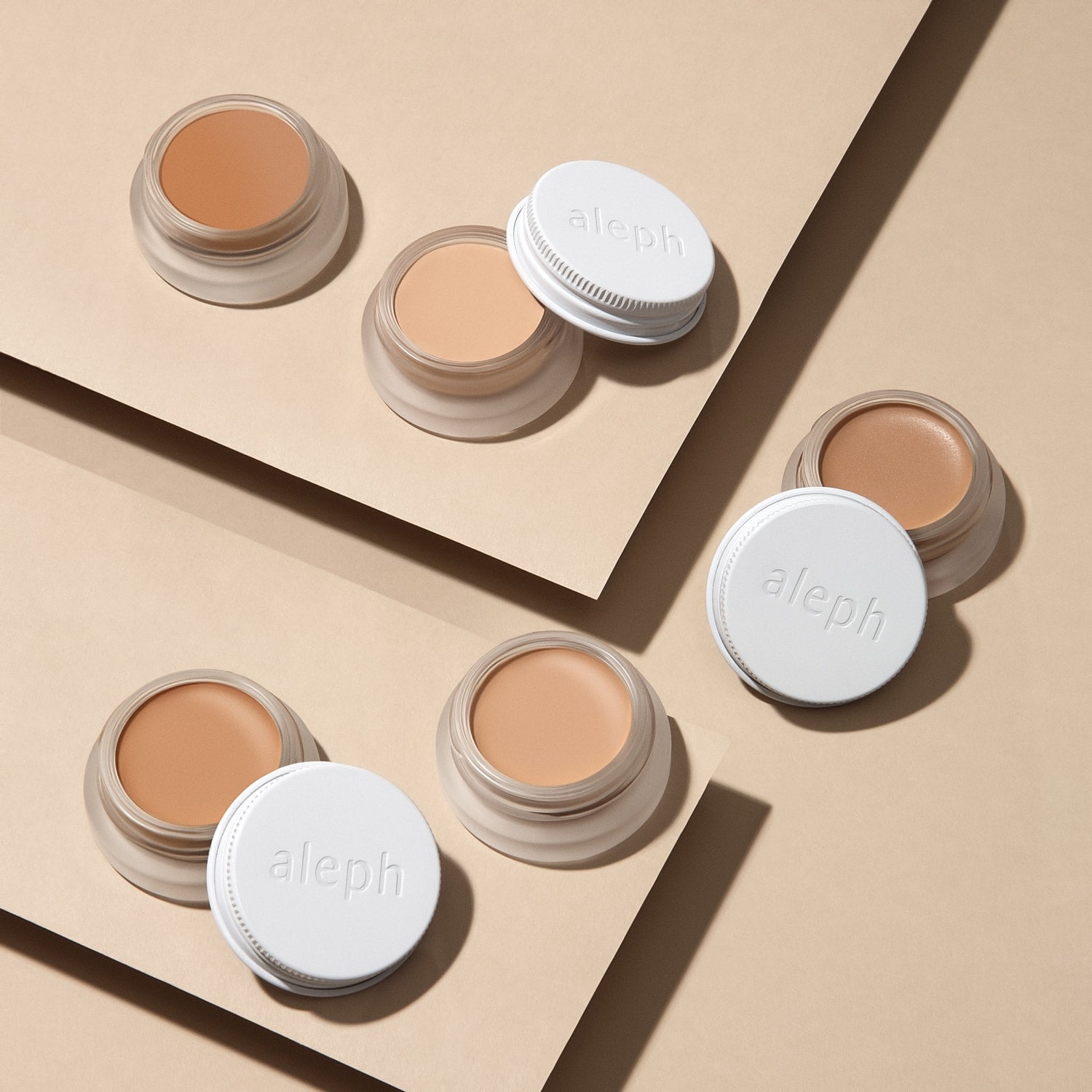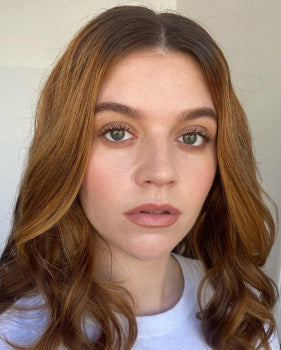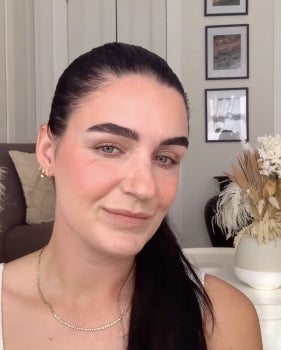At Aleph, we believe that making conscious choices in harmony with nature allows us to be the best possible versions of ourselves, at any given time.
We can manage the way we age and our overall well-being by choosing the most natural, holistic and sustainable way to eat and care for our body.
This explains why our Founder Emma Peters – and the rest of our team - is a fervent advocate for Photobiomodulation Therapy (PBMT) when it comes to managing her own overall health.
What is PBMT?
You may have heard about light therapy or seen people wearing futuristic masks emitting red light on social media and in the press, but Photobiomodulation Therapy is a lot more holistic than the long name and the high-tech tools involved lead you to believe. In fact, your body is the one doing the hard work.
With PBMT, red, near-infrared (NIR) and infrared (IR) light is used via LED or low-level lasers to stimulate our natural healing and regeneration process at the cellular level. When exposing the body to specific wavelengths of light, we can assist it in regulating some of our body’s innate chemical reactions.
The light targets a protein called cytochrome C, which is located in the mitochondria of our cells. The mitochondria - our cellular energy centres - is where the food we eat (glucose) and the air we breathe (oxygen) are metabolised into energy to fuel our cells.
This enzyme is responsible for the healthy synthesis of ROS (Reactive Oxygen Species), as well as ATP (our energy-carrying molecule), which transports energy to all our cells so we can walk, think, digest, basically do anything.
When ATP synthesis goes smoothly, the cells metabolise as they should, and then function properly - and so does the body. But when mitochondrial respiration is compromised by those rogue ROS, the body needs help. This is what we call oxidative stress.
Enter PBMT.
By converting its energy into the fuel that cells need to do their jobs efficiently, light notably promotes greater skin health as it improves collagen synthesis, elastin production and decreases inflammation.
In short, PBMT is the help that the cells' energy centre (mitochondria) needs to function and metabolise optimally.
“Light is pure energy, which modulates the body’s renewal ability”, explains Dr Hisham, the Founder of the Laser Life Care Institute, a high tech dental institute and bio-energetics laser light therapy spa for human enhancement, anti-ageing and mitochondrial disease prevention.
“What stagnates disintegrates, and what flows grows”, as energy flows, all functions are optimised, and you ultimately feel better.
In this video, Emma interviews Dr Hisham to learn more about the use of natural and effective healing modality (light) in gaining a multitude of benefits.
The future of healing and regenerating naturally
The basic idea behind PBMT is that nature has given us this natural energy—light—to help us live a better, healthier life.
The benefits of light, on our psyche and mood, have been long documented. Just think of how good we feel on a bright, sunny day versus a dark winter's day. Light affects our biological rhythm, and with it, the molecular clocks of each of our cells.
Which easily explains why top scientists support PBMT’s many benefits, from repairing muscle tissue and strengthening bone density to reducing postoperative pain and chronic inflammation. As well as boosting skin collagen, treating acne and promoting greater mental health.
Not bad, considering there is little to no risk associated with the treatments. It also explains why, despite being put on the social media map, PBMT is definitely not a fad.
In fact, Professor Michael Hamblin, the respected Associate Professor of Dermatology at Harvard Medical School and a Principal Investigator at the Wellman Center for Photomedicine at Massachusetts General Hospital, believes that PBMT will become more widely used as the results are so satisfying.
He anticipates that PBMT will potentially replace many drug treatments that are currently the only available option for some patients. Many investigators further believe that PBM for brain disorders will become one of the most important medical applications of light therapy in the coming years and decades.
Good news for those who believe in a more natural, sustainable and gentle way of healing.
Echoing this enthusiasm is Dr Jeffrey Knight, PhD, a Clinical Neuro-psychologist, who is studying how PBMT impacts cerebral blood flow and cellular metabolism – so the brain is healthier – as well as neuroscientists at MIT, the Massachusetts Institute of Technology who are looking at how PBMT can stimulate memory in disorders like Alzheimer’s.
As the skin is the body’s largest organ, it is easy to understand why dermatologists are particularly excited about PBMT’s innate regeneration effect. The treatment is safe, easy to perform, pain and side-effect-free, and will undoubtedly become a major modality in supporting the skin as it ages.
How it works: LED or Laser, what’s the difference?
There are two types of PBMT — LED and low-level lasers. The difference lies in their respective bandwidths.
Lasers offer a much narrower light beam, which means their delivery is more concentrated and they can target specific areas, at a deeper tissue level. It allows for a more focused treatment and can be used at a higher intensity.
For instance, it is efficient in the treatment of injuries which is why sports doctors use it on athletes or researchers who use it in clinical trials for Alzheimers.
Low-level lasers are routinely used in PBMT as their ability to be calibrated and balanced throughout the treatment, means they offer greater flexibility and bespoke solutions.
As with lasers, the intensity of LED exposure is adjustable. The energy (often felt as a comfortable heat) triggers a chemical reaction at either the epidermis or the dermis level (superficial or deeper layers of the skin).
LEDs (Light Emitting Diodes) are essentially powerful, yet energy-smart lamps shining over the body. They work broadly on the surface of the skin (unlike a laser beam, a LED light is not coherent, which means the wavelengths don’t travel in a parallel direction, they spread).
Wavelengths of red light at 630 nanometers (nm), 660-nm, and 850-nm are routinely applied to create naturally-occurring, therapeutic change.
LED therapy is often used for the prevention of premature visible signs of ageing, repair of the skin, the improvement of skin tone and the reduction of pigmentation.
The red spectrum is the only colour (range of wavelengths) used in PBMT and is considered the most beneficial and safe for overall health. However, it is worth noting that other colours can be applied with LED lights, notably blue light, which is often used for its antibacterial benefits in the treatment of acne, killing the acne-causing bacteria within oil glands.
The ease in adjusting the intensity and the lower environmental impact (LED bulbs are energy-smart), make it an increasingly sought-after treatment, especially for those suffering from inflammation and its many associated ailments.
Studies have proven that a 625-nm LED application could be an effective approach for treating skin disorders involving ROS generation and inflammation, which were, until now only treated with drugs.
Ready to try?
While at-home devices are becoming more efficient, we recommend that you seek professional help to guide your first experience. PBMT is all about letting the body regenerate itself, so understanding how to best assist your body to perform this innate job is key.
A session can be as short as 3 minutes, but an efficient full-body session can last up to 20 minutes, depending on your needs. By discussing your concerns with a licensed professional and understanding your needs as well as the appropriate, bespoke response, you will get better and faster visible results.
For full benefits, sessions are done in pods (think the old sun-bed type of full-body capsule), and for facial targeting, masks are also becoming increasingly popular at practices or spas. Either way, expect to wear eye shields to protect your eyes (the same way you protect your eyes in bright light).
If you can’t get to a pod now, don’t despair. Consider how active your lighting is at home and how you could improve your mood by exposing yourself to bright, blue light in the mornings or by winding down with dimmer, red light in the evenings.
What to expect?
More energy, a glow and better mood through the release of endorphins, are some of the immediate results you can expect from PBMT. As sessions in pods can give a moment for peaceful relaxation, you can also expect to walk away with a soothed and calm mind. But it’s not just about the feel-good factor.
More interesting are the longer-lasting outcomes of improved mitochondrial function. For instance, when blood flow is improved, nutrients reach the cells they were destined for.
We can reduce inflammation, bruises, burns, but further relieve chronic conditions such as cold sores, psoriasis, eczema, rosacea and acne. This will encourage a gentler way to manage our well-being, allowing our body to do the work it’s designed to do, in the best possible way.
Respecting what nature intended is a powerful way to heal and stay healthy.
For makeup that supports your mitochondria:
SHOP ALEPH →

 BACK
BACK


